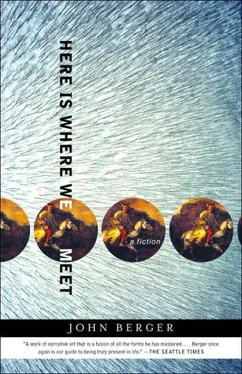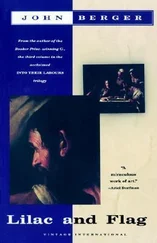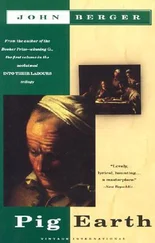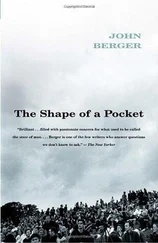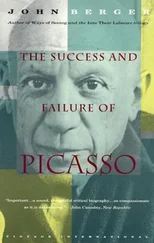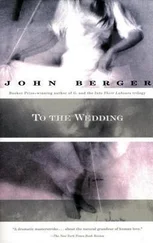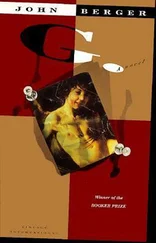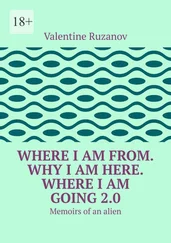Today, due to the humidity of the atmosphere, many of the painted surfaces have become as sensitive as a membrane, and could easily be wiped off with a rag. Hence the reverence.
Step outside the cave and re-enter the wind rush of time passing. Re-assume names. Inside the cave everything is present and nameless. Inside the cave there is fear, but the fear is in perfect balance with a sense of protection.
The Cro-Magnons did not live in the cave. They entered it to participate in certain rites, about which little is known. The suggestion that they were, in some way, shamanistic seems convincing. The number of people in the cave at any given time may never have exceeded thirty.
How frequently did they come? Did generations of artists work here? No answers. Perhaps we have to be content with intuiting that they came here to experience, and to carry away with them in memory, special moments of living a perfect balance between danger and survival, fear and a sense of protection? Can one hope for more at any time?
Most of the animals depicted in Chauvet were in life ferocious, yet nowhere in their depiction is there a trace of fear. Respect, yes, a fraternal, intimate respect. And this is why in every animal image here there is a human presence. A presence revealed by pleasure. Each creature here is at home in man — a strange formulation, yet incontestable.
In the furthest chamber — two lions drawn with charcoal in black. Approximately life size. They stand side by side in profile, the male behind, and the female, touching the length of him and parallel to him, nearer to me.
They are here as a single, incomplete (their forelegs and back paws are missing and, I suspect, were never drawn) yet total presence. The rock face around them, which is naturally lion-coloured, has become lion.
I try to draw the two of them. The lioness is both beside the lion, rubbing herself against him, and inside him. And this ambivalence is the result of the most cunning elision, whereby the two animals share a contour. The low contour of loin, belly and chest belongs to them both — and they share it with an animal grace.
For the rest, their contours are separate. The lines of their tails, backs, necks, foreheads, muzzles are independent, approaching one another, parting, converging and ending at different points, for the lion is much longer than the lioness.
Two standing animals, male and female, joined below by the single line of their bellies, where they are most vulnerable and have less fur.
I’m drawing on absorbent Japanese paper which I chose because I thought the difficulty of drawing with black ink on such paper might take me a little closer to the difficulties of drawing with charcoal (which was burnt and made here in the cave) on rough rock surfaces. In both cases the line is never quite obedient. One has to nudge, cajole.
Two reindeer are stepping in opposite directions — east and west. They do not share a contour, instead they are drawn over each other, so that the upper one’s forelegs cross like large ribs the flank of the lower one. And they are inseparable, their two bodies are locked into the same hexagon, the little tail of the upper one rhyming with the antlers of lower one, the long head, with a profile like a flint burin, of the upper one whistling to the metatarsus of the other’s hind leg. They are making a single sign, and they are dancing in a circle.
When the drawing was almost complete, the artist abandoned charcoal and painted and rubbed in with his finger a thick black (the colour of your hair after swimming) along the lower one’s belly and dewlap. Then he did the same thing with the upper animal, mixing the paint with the whitish sediment on the rock so that it was less violent.
As I draw, I ask myself whether my hand, obeying the visible rhythm of the reindeer’s dance, may not be dancing with the hand that first drew them?
It is still possible here to come upon a crumb of broken charcoal which fell to the floor when a line was being drawn.
What makes Chauvet unique is the fact that it was sealed off. The roof of the original entrance chamber — which was spacious and penetrated by daylight — collapsed some 20,000 years ago. And from then until 1994 the darkness which the artists had addressed, because it was at the far edge of their reach, entered from behind to bury and preserve everything they had made.
The stalagmites and stalactites continued to grow. In places films of calcite covered, like cataracts, some details. For the most part, however, the extraordinary freshness of what was traced remains. And this immediacy sabotages any linear sense of time.
I come upon a small overhanging rock which is shaped like the tip of a pancreas and on it are two red paintings, probably of butterflies.
Anne, who is dying in Cambridge, comes to my mind. Her husband, Simon’s father, was a professor of archeology. A long while ago she used to camp, summer after summer, beside Palaeolithic sites.
So, if the dates are right, the paintings you’re looking at are from the same time as the sculpted woman of Willendorf?
Yes.
Sculpted from reddish limestone if my memory isn’t playing me tricks.
It isn’t playing tricks.
The morphine makes you fuzzy. Have they found many flint axes?
I’m not sure. Maybe a dozen.
Making a flint axe symmetrical was already the beginning of art.
I’m trying to say that.
I want Anne at this moment, this very moment, to see from her bed the red butterfly.
Several herds heading west. Among them, near animals, drawn very small, touch gigantic faraway animals.
In the dry season a well-laid fire, once lit, can catch so quickly that those watching it can feel the air being swept away.
Cro-Magnon painting did not respect borders. It flows where it has to, deposits, overlaps, submerges images already there, and it continually changes the scale of what it carries. What kind of imaginative space did the Cro-Magnons live in?
For nomads the notion of past and future is subservient to the experience of elsewhere. Something that has gone, or is awaited, is hidden elsewhere in another place.
For both hunters and hunted hiding well is the precondition for survival. Life depends upon finding cover. Everything hides. What has vanished has gone into hiding. An absence — as after the departure of the dead — is felt as a loss but not as an abandonment. The dead are hiding elsewhere.
A male ibex, with curved horns as long as its body, has been drawn with charcoal on whitish rock. How to describe the blackness of its traces? It is a blackness which makes the darkness reassuring, a blackness which is a lining for the immemorial. He is walking up a gentle incline, his steps delicate, his body rounded, his face flat. Each line is as tense as a well thrown rope, and the drawing has a double energy which is perfectly shared: the energy of the animal who has become present, and that of the man whose arm and eye are drawing the animal by torch light.
These rock paintings were made where they were, so that they might exist in the dark. They were for the dark. They were hidden in the dark so that what they embodied would outlast everything visible, and promise, perhaps, survival.
What they painted is like a map, Anne says.
Of what?
The company in the dark.
Who are where?
Here, come from elsewhere. .
I am waiting for my friend Juan who will, I think, be late. His statues are never late; they are always already there, enigmatically waiting at the rendezvous. Juan works like a mechanic in a small garage, lying on his back as if underneath a car; he looks at his watch only when he crawls out and gets to his feet. We have agreed to meet in the lounge of the Ritz Hotel, Madrid.
Читать дальше
